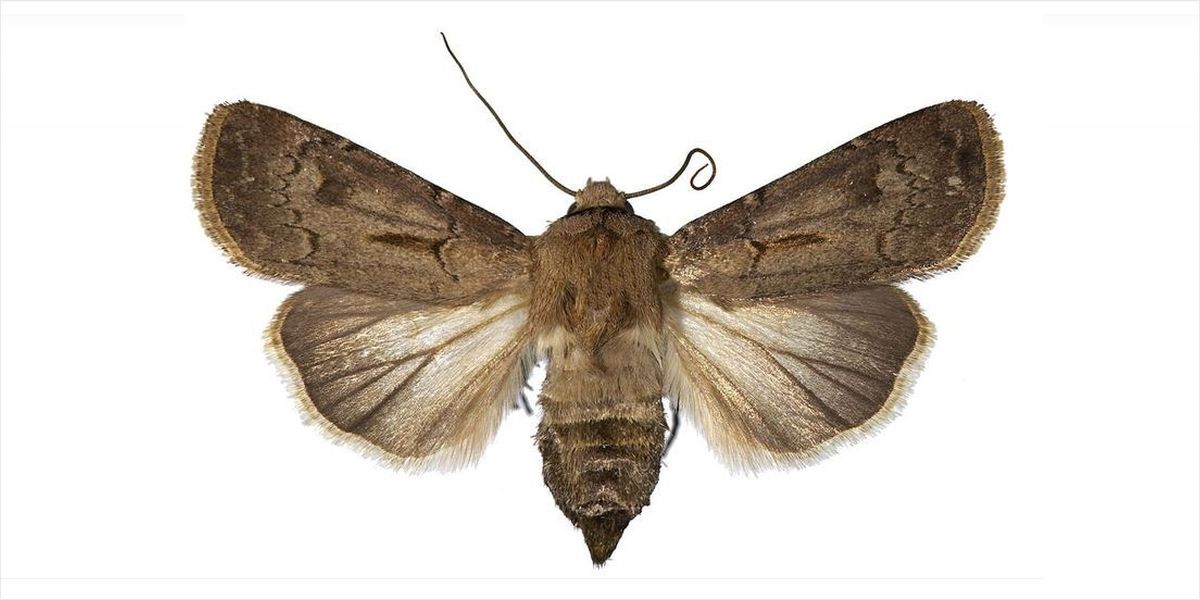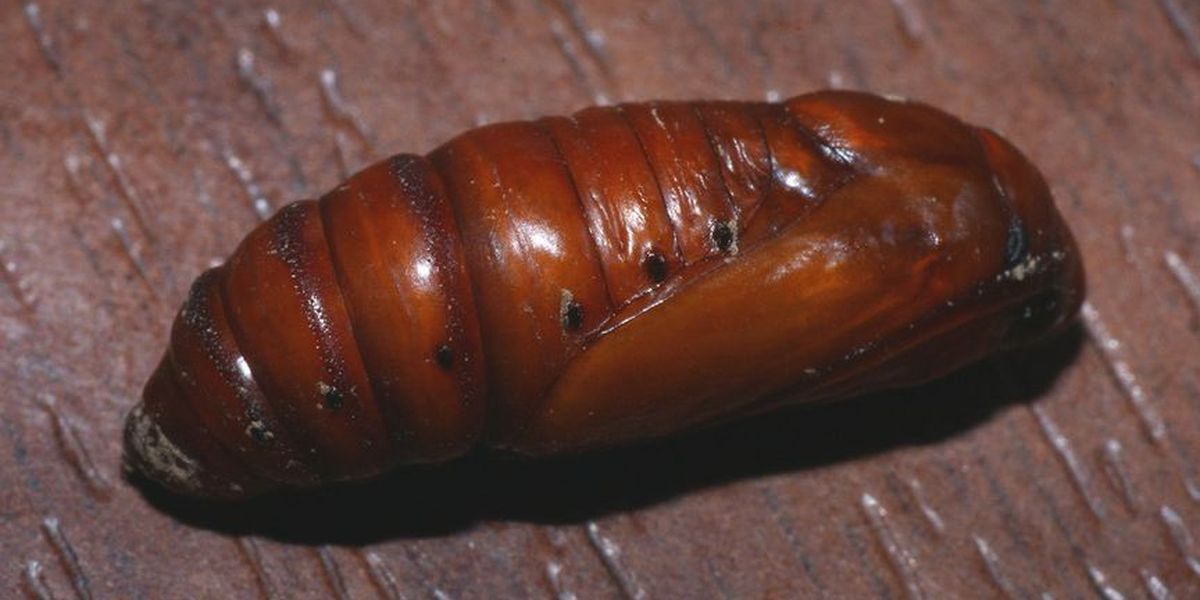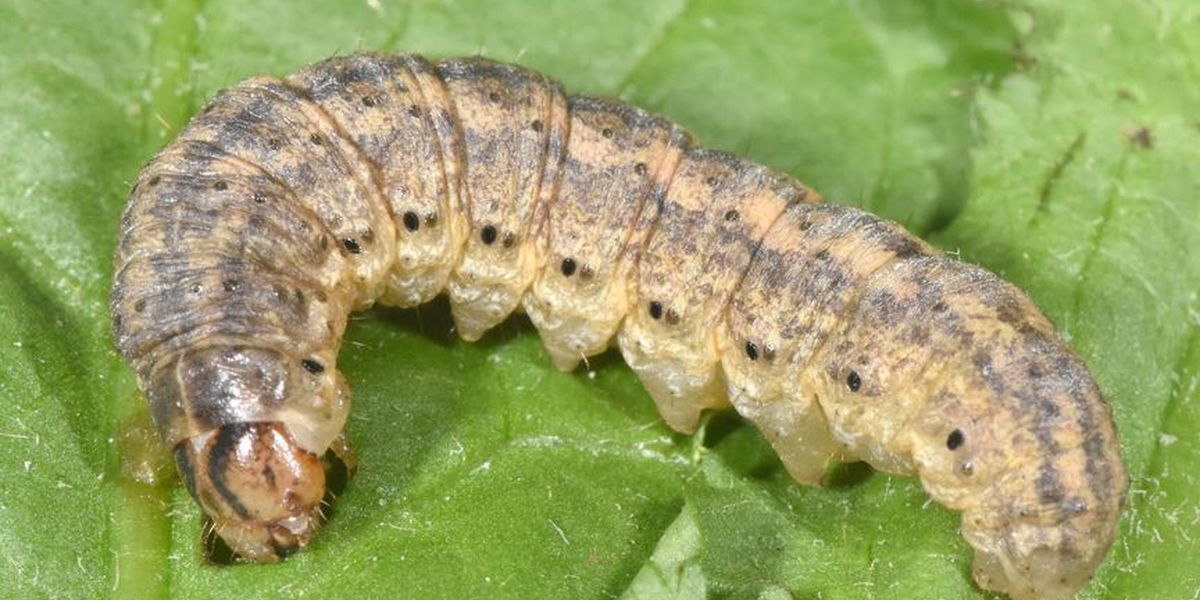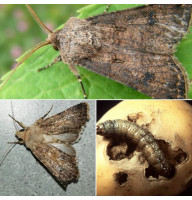Traps for catching garden pests can be viewed here.

The heart and dart - is a polyphagous pest. Damages grains, vegetables, and industrial crops. Damage was observed on winter wheat, rye, corn, cotton, sugar beets, tobacco, kenaf, sunflower, potatoes, vegetables, ornamental plants, and tree seedlings. Development is complete. Reproduction is bisexual. Adult caterpillars and pronymphs overwinter. During the growing season, it develops from one to three generations, depending on the climate of the area where the pest is distributed.
Morphology
Imago
A butterfly with a wingspan of 32-45 mm. The color of the forewings varies from yellowish-gray to brown or dark brown. The kidney-shaped spot is brown-black, the round spot is slightly darker. A wedge-shaped spot in the shape of a narrow black ribbon.

Sexual dimorphism
Individuals of different sexes differ in the structure of their genital organs.
Male. The hind wings are light. The antennae are short-combed and covered with cilia.
Female. The hind wings are brown.
Egg
The egg is yellowish-white, with 34-48 radial ribs. Diameter 0.7-0.9 mm.
Larva
Length 33-50 mm. The integument is yellowish or gray-brown, matte. Skin with uneven granulation with large and small granular formations. The chest and head are reddish. A scutellum located in the spiracle of the same size or slightly larger. All spiracles are broadly oval, with a wide rim. The second scute on the middle abdominal segments is slightly larger than the first scute. The fourth scutellum is equal to or slightly larger than the spiracle.
Pupa
Length 16-17 mm. The cover is yellow-brown. The cremaster is characterized by the presence of two sharp processes, two handles on the dorsal side and two tubercles on the sides.
Development
Imago
Butterflies appear at the end of May, and spend some time additionally feeding on flower vegetation. When several generations develop during the growing season, the timing of the development of generations may overlap each other.

Mating period
Females lay eggs on the soil, dry plant debris and leaves located in the ground.
Egg
The embryo completes development in 12-14 days.
Larva
The larva (caterpillar) is capable of successfully developing on 75 plant species from 35 families. Adult caterpillars or pronymphs overwinter in the soil. They pupate in the spring. In some regions, caterpillars of 4-5 instars go to winter, after overwintering, they finish feeding in the spring, and only then pupate. Supplemented caterpillars are resistant to negative temperatures.
Pupa
Pupation takes place in the soil at a depth of no more than 10 cm. The duration of development of the pupa depends on the climate of the species’ habitat.

Abiotic factors
During the growing season, only one generation develops in the north of the range, and two generations develop south of the border of the steppe and forest-steppe. In nature, caterpillars live on wild grasses, mainly from the Chenopodiaceae and Asteraceae families.
In the steppe zone, the caterpillars of the first generation are diapasic; the flights of the second generation butterflies are less intense and rather weak.
The heart and dart - is a broad polyphagous species. Caterpillars are harmful. The pest's food plants include sugar beets, cotton, tobacco, kenaf, corn, sunflower, and other row crops. Second-generation caterpillars, together with the fall armyworm (Agrotis segetum), damage winter wheat and rye.



